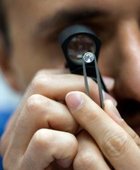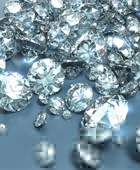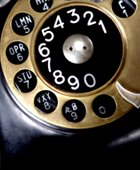When purchasing or selling a diamond, certification plays a critical role in determining the stone’s value, authenticity, and overall quality. Diamond certification is an independent assessment provided by gemological laboratories, which evaluate a diamond’s characteristics and document them in a grading report. These certificates provide buyers and sellers with confidence, ensuring that they understand the precise attributes of the diamond in question. Without proper certification, buyers may unknowingly pay for a diamond that does not meet the claimed standards, and sellers may struggle to establish trust with potential customers. Certification is especially vital in the high-value diamond market, where small differences in clarity, cut, or carat weight can significantly impact the stone’s worth.
Various gemological institutes issue diamond certifications, but not all grading laboratories follow the same rigorous standards. Some of the most recognized organizations include the Gemological Institute of America (GIA) and the American Gem Society (AGS), both of which are known for their strict and consistent grading processes. However, there are other laboratories such as the International Gemological Institute (IGI), European Gemological Laboratory (EGL), and HRD Antwerp, each with its own reputation and level of grading accuracy. Buyers and sellers must understand these certification bodies and how their grading standards compare, as the credibility of the certificate can influence the diamond’s value.
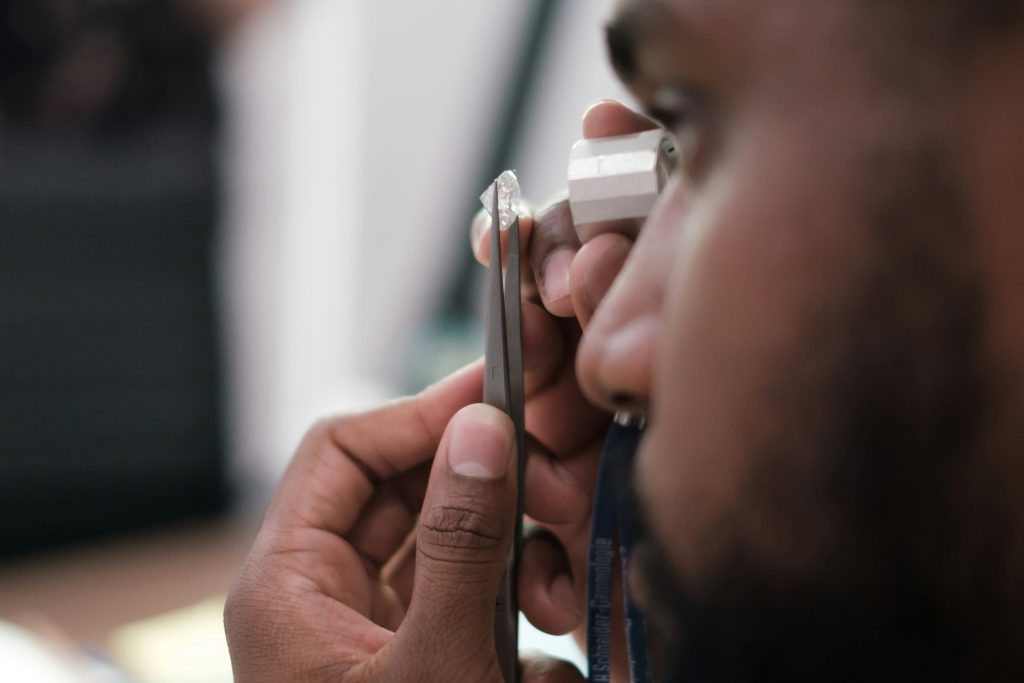
GIA: The Gold Standard in Diamond Grading
The Gemological Institute of America (GIA) is widely regarded as the most reputable diamond grading organization in the world. Established in 1931, GIA pioneered the 4Cs grading system (Cut, Color, Clarity, and Carat weight), which has since become the industry standard for evaluating diamonds. GIA operates with an exceptional level of integrity and scientific accuracy, making its certification the most trusted among jewelers, retailers, and consumers alike. The institute does not buy, sell, or trade diamonds, ensuring that it remains completely independent and unbiased in its assessments.
A GIA diamond report provides an in-depth analysis of a diamond’s characteristics, including precise measurements, fluorescence levels, and a plotted diagram of inclusions (for diamonds above a certain size). The grading report also includes a laser inscription option, where the certificate number is etched onto the diamond’s girdle for easy identification. This added security feature helps prevent fraud and ensures that the diamond matches its documentation. Because of GIA’s strict grading standards, diamonds with GIA certificates tend to carry a premium price compared to diamonds graded by less stringent laboratories. For buyers, purchasing a GIA-certified diamond guarantees a high level of quality control, while for sellers, having a GIA certification can significantly enhance the diamond’s marketability.
AGS: A Leader in Cut Grading and Light Performance Analysis
The American Gem Society (AGS) is another highly respected gemological laboratory, particularly known for its scientific approach to grading diamond cut quality. Established in 1934, AGS developed one of the first numerical cut grading systems, assigning a 0 to 10 rating scale (with 0 representing the highest quality) instead of the more traditional letter grading system used by GIA. The organization’s primary focus is on light performance, meaning how well a diamond interacts with light to create brilliance, fire, and scintillation.
One of AGS’s standout features is its Ideal Cut certification, which evaluates how precisely a diamond has been shaped to maximize its visual appeal. This makes AGS an attractive choice for buyers who prioritize a diamond’s cut above all else, as an AGS Ideal Cut diamond is likely to exhibit superior light performance compared to one graded by a laboratory that does not place as much emphasis on this characteristic. Additionally, AGS reports include a full assessment of color, clarity, and carat weight, making them comprehensive tools for evaluating a diamond’s overall quality.
Because AGS employs advanced light performance technology in its grading process, its reports are particularly valuable for round brilliant and fancy-shaped diamonds where cut quality plays a significant role in appearance. While AGS-certified diamonds are not as universally recognized as GIA-certified ones, they are highly regarded in the industry, particularly among those who understand the importance of superior cut grading.
IGI: A Popular Certification for Retail and Commercial Diamonds
The International Gemological Institute (IGI) is a widely used certification body, especially among large retail chains and commercial jewelry brands. Founded in 1975, IGI has laboratories worldwide and provides grading reports for both natural and lab-grown diamonds. One of the key advantages of IGI certification is its accessibility—IGI reports are commonly provided with diamonds sold in mainstream jewelry stores, making them more familiar to casual consumers.
However, IGI has faced criticism for inconsistencies in its grading standards, with reports suggesting that it may grade diamonds slightly more leniently than GIA or AGS. This means that a diamond rated as a G color and VS2 clarity by IGI might receive an H color and SI1 clarity if graded by GIA. While IGI certificates are still valuable in providing a general assessment of a diamond’s characteristics, buyers should be aware that IGI-graded diamonds might be priced lower than equivalent diamonds certified by stricter organizations like GIA. For sellers, IGI certification can be advantageous for retail marketing, especially when targeting customers looking for certified diamonds at a more affordable price point.
EGL: A Controversial Certification with Lenient Grading Standards
The European Gemological Laboratory (EGL) was once a prominent gem grading institution, but its reputation has been called into question due to inconsistencies and grading inflation. EGL was known for assigning higher grades to diamonds than GIA or AGS, meaning that a diamond labeled as an F color and VVS2 clarity by EGL could receive a lower grade if assessed by a stricter laboratory. This practice resulted in significant discrepancies in diamond values, leading many jewelers and auction houses to stop accepting EGL-certified diamonds.
EGL operates multiple branches, including EGL USA and EGL International, which have been known to use different grading criteria, further contributing to the confusion. In some cases, diamonds with EGL certificates have been sold at artificially inflated prices, causing distrust among buyers. While EGL reports may still be found in the market, they are generally not recommended for those seeking reliable and industry-standard grading.
HRD Antwerp: A Leading European Certification Authority
The Hoge Raad voor Diamant (HRD Antwerp) is one of Europe’s most respected diamond certification laboratories, headquartered in Antwerp, Belgium—a major hub for the global diamond trade. HRD Antwerp was established in 1976 and is known for its scientific approach to diamond grading, particularly in the European market. Like GIA and AGS, HRD Antwerp evaluates diamonds based on the 4Cs: Cut, Color, Clarity, and Carat weight, and issues detailed certification reports that provide an objective analysis of a diamond’s characteristics.
One of the distinguishing factors of HRD Antwerp certification is its strict compliance with European grading standards, which some consider slightly more lenient than GIA but more consistent than EGL. HRD Antwerp offers both full certification reports and simplified diamond identification reports, which primarily verify a stone’s authenticity rather than provide a full grading scale. Although HRD Antwerp is not as globally recognized as GIA, it remains an important certification authority in Europe and is widely accepted in international diamond trading circles.
For buyers, an HRD Antwerp certificate provides a reliable, scientifically validated assessment, but they should still compare its grading with GIA or AGS reports to understand potential discrepancies. Sellers, particularly those in the European market, may find HRD Antwerp certification beneficial, as it can enhance consumer trust in regions where it is widely accepted.
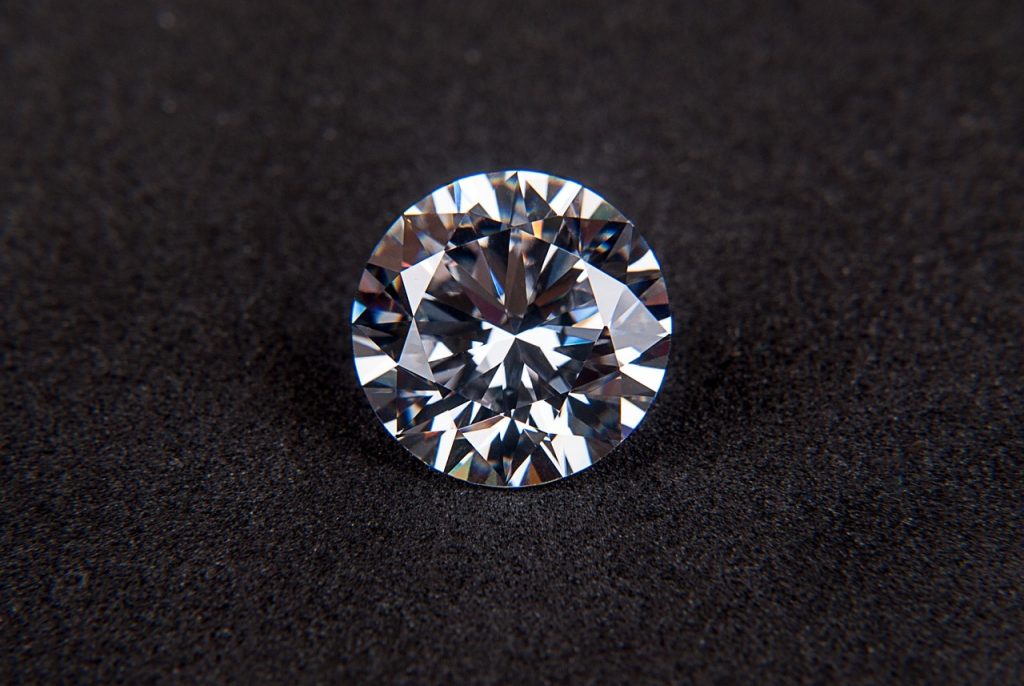
The Role of Certification in Lab-Grown Diamonds
With the rising popularity of lab-grown diamonds, certification has become an essential tool for ensuring transparency in this rapidly expanding market. Lab-created diamonds share the same chemical and physical properties as natural diamonds, making professional grading necessary to differentiate between the two. Several gemological laboratories, including GIA, IGI, HRD Antwerp, and GCAL (Gem Certification & Assurance Lab), provide certification for lab-grown diamonds, but their grading approaches may vary.
GIA initially issued “synthetic diamond reports” that focused on identifying lab-grown diamonds rather than providing detailed grading. However, in recent years, GIA has revised its policy and now grades lab-grown diamonds with the same 4Cs system used for natural diamonds, though with clear labeling to indicate that the diamond is laboratory-created. IGI, on the other hand, has been a dominant force in lab-grown diamond certification, with detailed grading reports that assess color, clarity, cut, and carat weight similarly to natural diamonds. IGI’s widespread recognition in the lab-grown diamond industry makes it a preferred choice for many manufacturers and retailers.
Buyers interested in lab-grown diamonds should ensure that the certificate explicitly states that the diamond is lab-created, as some unethical sellers may attempt to misrepresent synthetic stones as natural diamonds. For sellers, lab-grown diamond certification is crucial in maintaining consumer trust and ensuring that their products are transparently labeled and fairly priced.
The Importance of Certification for Fancy Colored Diamonds
While white diamonds are the most commonly certified, fancy colored diamonds require a different grading approach due to their unique properties. Color is the most critical factor in evaluating a fancy colored diamond, as opposed to the traditional emphasis on clarity and cut in colorless diamonds. The leading laboratories that specialize in grading fancy colored diamonds include GIA, AGS, and HRD Antwerp.
GIA is particularly renowned for its comprehensive fancy color grading system, which assesses diamonds based on hue, tone, and saturation. The certificate provides a detailed color description and assigns a rating such as Fancy Light, Fancy, Fancy Intense, Fancy Vivid, or Fancy Deep, depending on the diamond’s depth of color. Unlike white diamonds, where a lower color grade decreases value, fancy colored diamonds become more valuable as their color intensity increases.
For buyers, ensuring that a fancy colored diamond is certified by a reputable laboratory is essential, as subtle differences in color can significantly affect its market value. Sellers dealing with fancy colored diamonds must rely on professional certification to accurately represent the stone’s rarity and ensure that its pricing reflects its true worth.
How Certification Impacts Diamond Pricing
Diamond certification directly influences pricing, marketability, and consumer trust, as a well-documented stone is easier to sell and commands higher value. GIA-certified diamonds typically fetch higher prices than equivalent diamonds graded by IGI or EGL due to GIA’s stricter grading standards. A diamond that receives a G color, VS1 clarity grade from GIA might receive an F color, VVS2 clarity grade from a more lenient lab, which could lead to overpricing if the buyer does not verify the certification details.
The impact of certification on pricing extends beyond just the grading organization—the specific details of the report also matter. A diamond with a high-quality cut grade, minimal fluorescence, and excellent symmetry will generally be priced higher than a similar diamond with lower ratings in those categories. Additionally, laser inscription services offered by some certification bodies (such as GIA and AGS) can add extra security and peace of mind for buyers, further enhancing a diamond’s value.
For sellers, having a diamond certified by a respected gemological laboratory increases consumer confidence, making it easier to justify higher pricing. Many online diamond retailers, auction houses, and luxury jewelry brands will only deal with GIA or AGS-certified stones due to their well-established reputations.
Common Misconceptions About Diamond Certification
Despite the importance of certification, many misconceptions persist among buyers and sellers regarding what a diamond certificate actually represents. One common misunderstanding is that a certificate determines a diamond’s monetary value. In reality, certification only provides an objective assessment of a diamond’s characteristics—it does not assign a financial price to the stone. Market value is determined by supply, demand, and consumer preferences, in addition to certification details.
Another misconception is that all certifications are equal, which is not the case. As discussed earlier, GIA and AGS are generally stricter than IGI and EGL, meaning that two diamonds with seemingly identical grades from different labs may differ significantly in quality and price. Buyers should always compare a diamond’s certification with others and, if possible, seek verification from an independent gemologist before making a purchase.
Additionally, some buyers mistakenly believe that diamond certificates guarantee ethical sourcing. While certification ensures a diamond’s characteristics are accurately documented, it does not necessarily confirm whether the diamond was mined under ethical or sustainable conditions. Buyers concerned about ethical sourcing should look for additional documentation, such as Kimberley Process certification or diamonds labeled as “Ethically Sourced” by responsible jewelers.
Conclusion: Why Certification Matters for Every Diamond Transaction
Diamond certification is an essential tool for ensuring transparency, accuracy, and trust in the diamond market. Whether buying a natural diamond, a lab-grown stone, or a fancy colored diamond, having a reliable grading report from a respected gemological laboratory is crucial in making an informed decision. GIA and AGS remain the gold standards for certification, while IGI, HRD Antwerp, and other organizations play significant roles in specific markets.
For buyers, understanding which certification bodies uphold the strictest standards can help them make wise purchasing decisions and avoid overpaying for misrepresented stones. For sellers, obtaining certification from a well-respected laboratory enhances credibility, ensures transparency, and boosts marketability.
Ultimately, whether purchasing an engagement ring, investing in high-value diamonds, or reselling previously owned stones, certification serves as the foundation of a secure, ethical, and well-regulated diamond industry.


